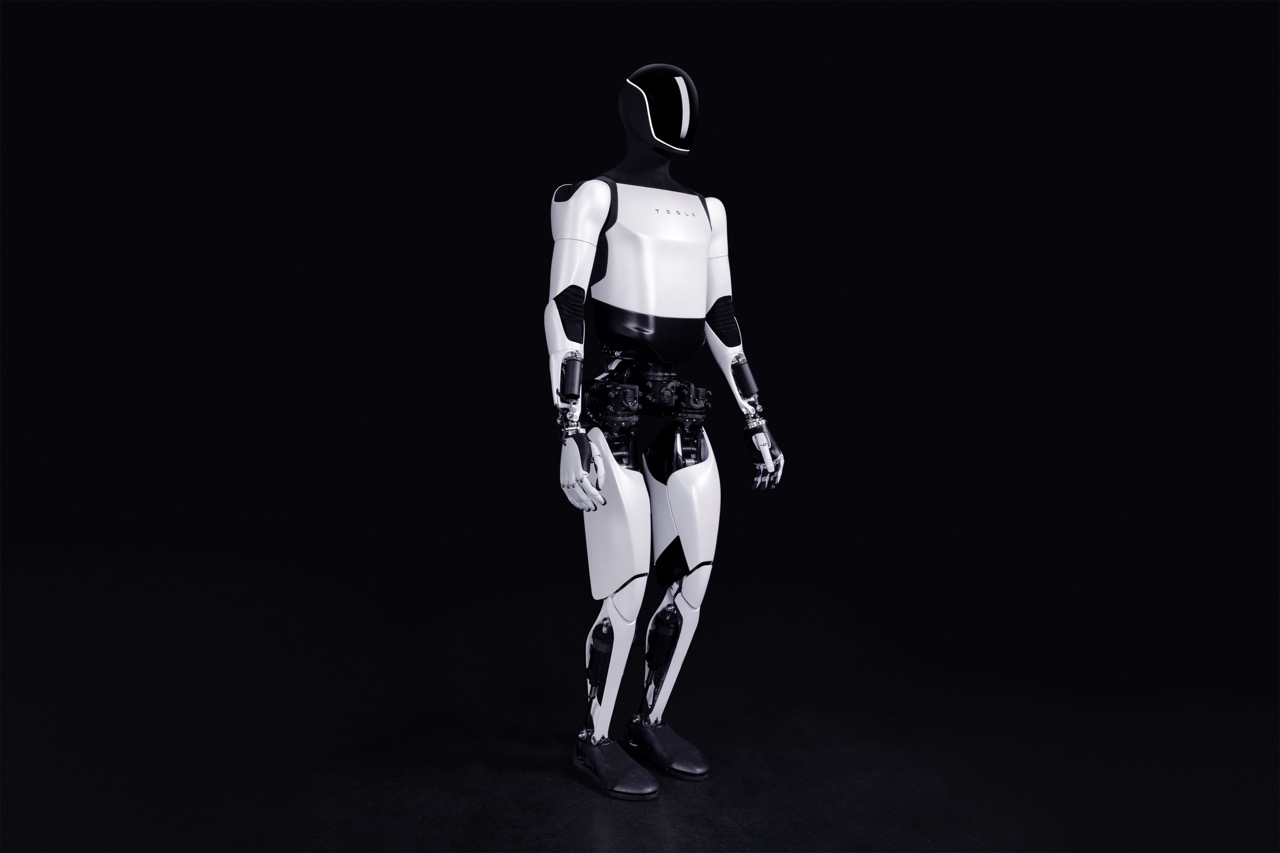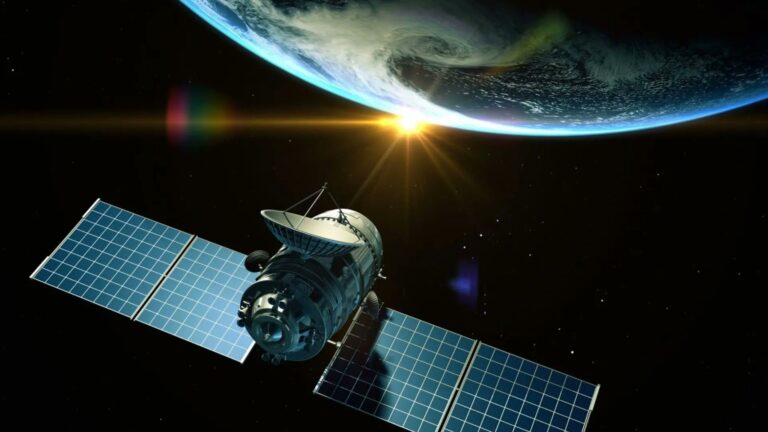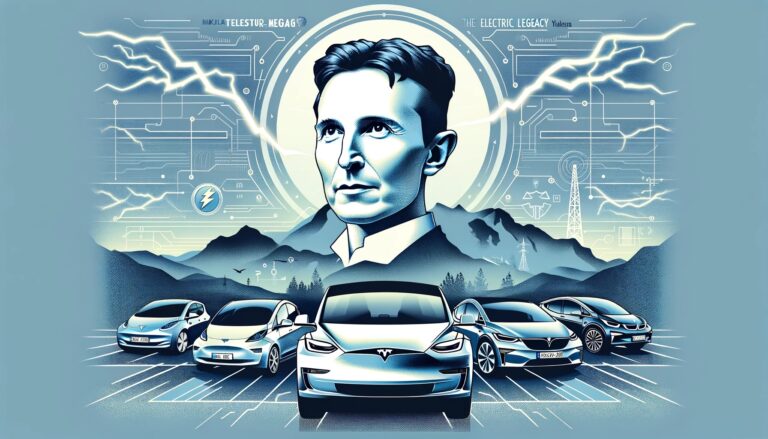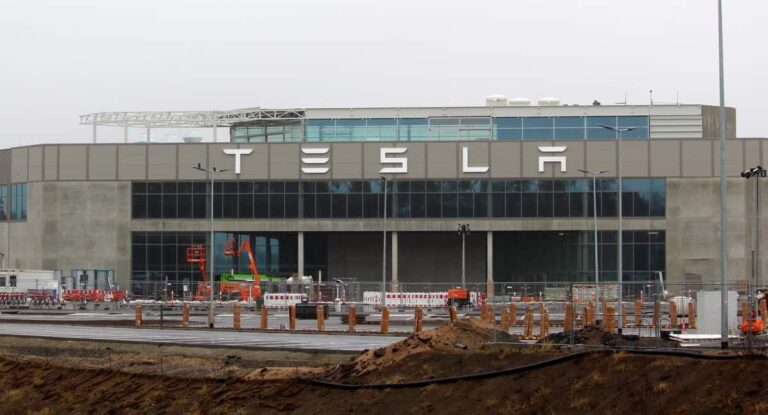The Tesla Bot, a way to further improve margins?
Industrial robotics and automation are on the cusp of a revolution with the emergence of humanoid robots such as Tesla’s Optimus. These advances promise to reshape the industrial production landscape by dramatically reducing costs and improving efficiency. However, the deployment of humanoid robots as a replacement for human labor also raises ethical and economic questions. In this article, we explore the potential benefits and challenges of integrating Tesla Optimus into factories, opening the debate on the future of industrial automation.
The Potential of Tesla Optimus: Reducing Costs and Improving Efficiency
Tesla’s Optimus presents itself as a promising solution to overcoming the limitations of human labor. Capable of operating continuously for more than 8 hours, without requiring breaks, annual leave or health coverage, this robot could significantly reduce factory operational costs. Additionally, the absence of fatigue and consistent accuracy of the Optimus could lead to a notable improvement in production quality.
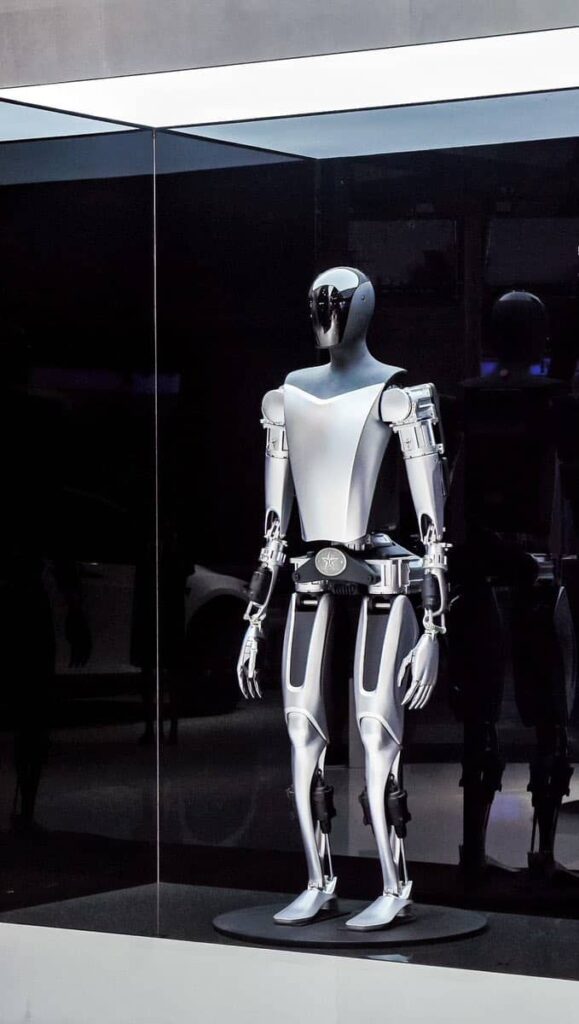
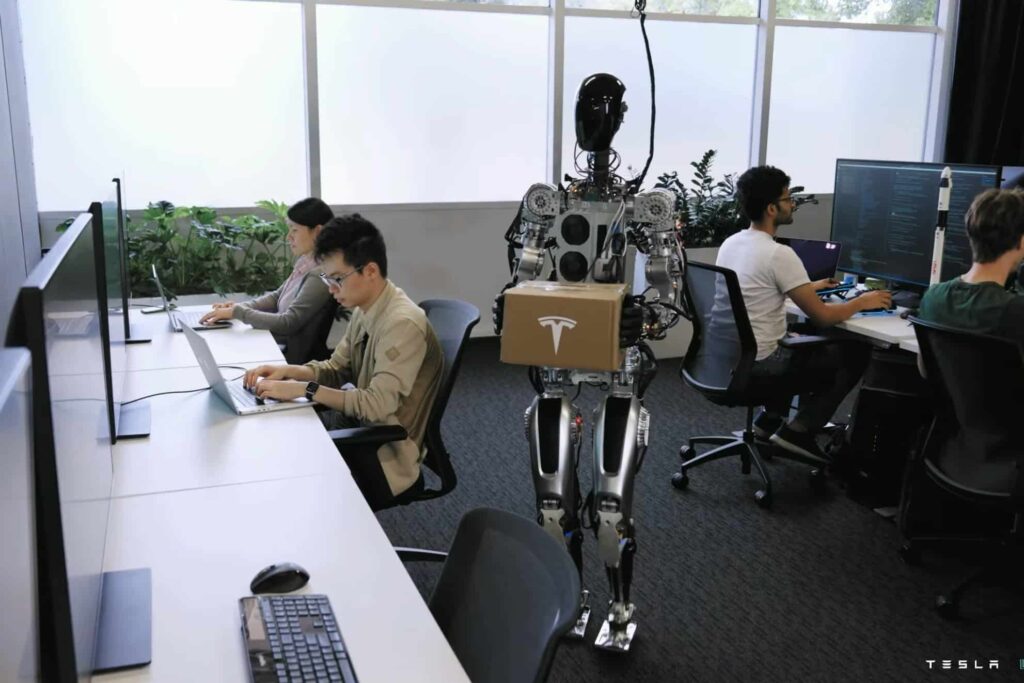
Economic Benefits
- Reduction in Labor Costs: With Optimus, companies could realize significant savings on salaries, benefits, and sick pay.
- Improved Productivity: The continuous operation of humanoid robots makes it possible to significantly increase production volumes, while maintaining constant quality.
- Operational Flexibility: The robots, programmable for a variety of tasks, offer unprecedented adaptability in the face of production changes.
Technological and Ethical Challenges
- Maintenance and Associated Costs: Despite a reduction in labor costs, regular robot maintenance represents a new type of expense for businesses.
- Impact on Employment: The replacement of human workers by robots raises important ethical questions, concerning the future of lost jobs and the social impact of such transformations.
- Ethical Questions: The introduction of robots into traditionally human roles questions our relationship to work and the values we attribute to human versus robotic activity.
Towards a Society Transformed by Robotics
Integrating Tesla Optimus into industrial production processes has undeniable benefits in terms of cost reduction and improved efficiency. However, it also forces us to think about the social and ethical implications of such technologies. How can society adapt to a world where human work is increasingly replaced by machines? What policies should be put in place to ensure a fair transition for affected workers?
Conclusion
The debate over the use of humanoid robots such as Tesla’s Optimus in industry is far from binary. It is essential to weigh the economic benefits against the potential social costs. As a society, we need to consider strategies to integrate these technologies in a way that maximizes their benefits while minimizing negative impacts. The question is therefore not whether robotization should take place, but how it can be done in a responsible and inclusive manner.
The future of industrial robotics, embodied by innovations such as Tesla’s Optimus, promises spectacular advances. However, their successful integration will depend on our ability to navigate the complex waters of the economic, social and ethical implications they carry.
